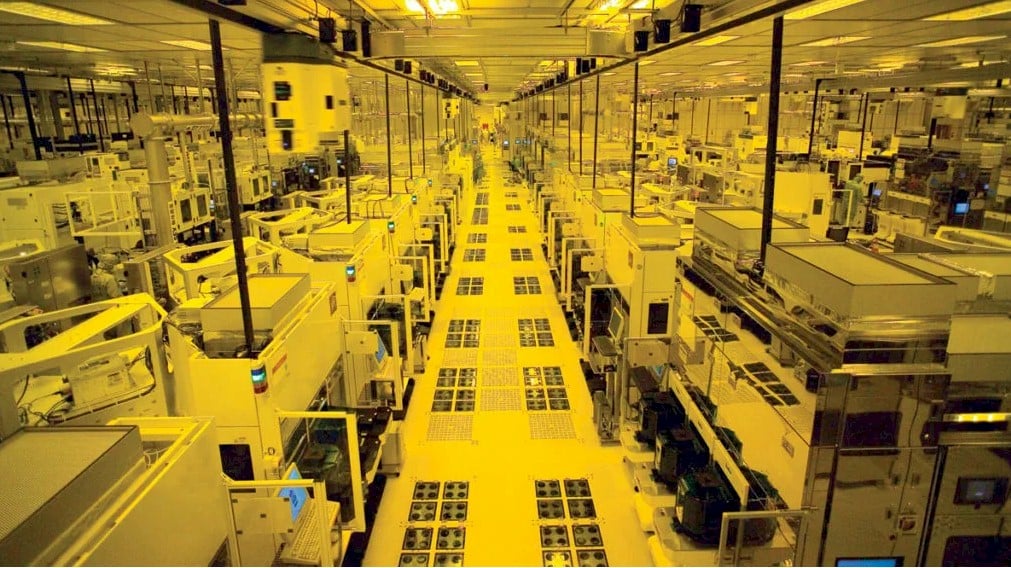user nl
Well-known member
Customers must fund this, not investors. If customers want a second source here in the United States Intel Foundry will succeed. If customers are comfortable with a single source out of Taiwan then so be it. I believe 75% of TSMC's business is from North America so it is in everyone's best interest for Intel Foundry to succeed.
Still do not understand the "obsession" of some people with "second foundry sourcing" in USA. INTEL for some time during the 2010-2020 thought they needed to second source Lithography tools, so they kept Nikon "kind of alive", but many people saw that this was a lost cause. TSMC never bothered the second sourcing obsession and knew that tight integration with their dominant Lithography supplier was giving them much more added value in running their fabs, flexibly planning increasing/adapting capacity (expansion) when they needed that etc. Currently, TSMC is rapidly expanding/ramping foundry capacity in USA, so that in 4-5 years 30% of their leading edge production capacity, is in USA. Isn't that "second source capacity" enough for you in USA? The whole ecosystem of foundry suppliers is being extended/copied to Arizona, if the local (US) work force is now also learning/adapting to how to run a foundry in the 21st century, the 20% extra costs the customers of TSMC pay are simply worth the value added by TSMC.
Just accept that the world is always changing and that INTEL is not ruling the semi-waves any more in the world, certainly not in manufacturing/foundry. Economy of scale seems to be the determining issue here in combination with TRUST, TRUST and TRUST, customers simply like the flexibility, added value in state-of-the-art packaging and the trust offered by TSMC.
When TSMC's gross margin stays somewhere between 53-60% customers should be happy with the enormous amount of capital TSMC is investing every year in extending leading edge capacity in USA and Taiwan, besides the specialty (automotive, sensor) foundry capacity in Europe and Japan.
Just my two cents....

